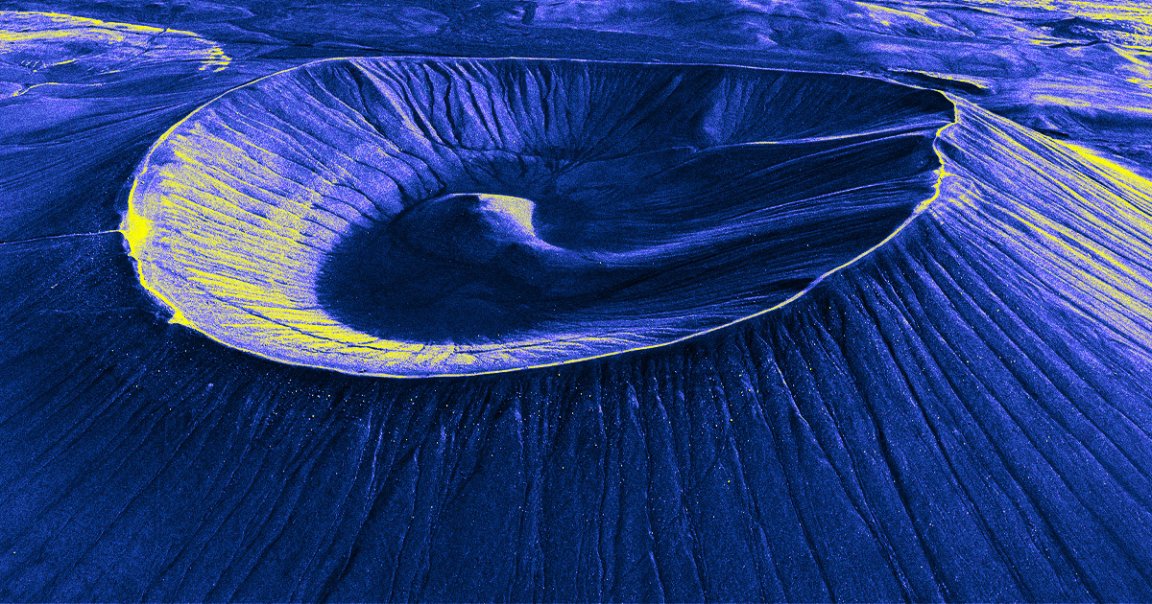
Magnetic Anomaly
Today a serene and picturesque locale on New Zealand’s North Island, scientists believe Lake Rotorua was formed in the aftermath of an Earth-shattering eruption some 220,000 years ago. The volcano responsible, now dormant, lies beneath the lake. Its hydrothermal systems live on, but the extent of their involvement in the lake’s ecosystem was long unclear.
Now, researchers at New Zealand’s GNS Science Institute have extensively mapped the bottom of Rotorua, revealing telltale signs of hydrothermal activity, including a host of small craters riddling the lakebed — as well as a curious “magnetic anomaly.”
“You finally put those glasses on, and you can see the fine print,” Cornel de Ronde, a principal scientist at the GNS Science, told Live Science.
Heat Check
The researchers mapped a total of 21 square miles or about 68 percent of Rotorua. Their main approach was to use multibeam sonar to reveal the depth and shape, or bathymetry, of the lakebed.
This revealed the first clue of hydrothermal activity: thousands of “pockmarks” up to 165 feet in diameter riddling the lakebed. These small craters, the researchers said, are left behind by the discharge of gas and hot water, and still emit barely perceptible flows of heat. According to de Ronde, the lake is typically a very cool 57 degrees Fahrenheit near its bottom.
“Nobody swimming in the lake would notice it, but with instrumentation, we do,” he told Live Science.
Magnetic scans revealed another clue: the magnetic anomaly. Volcanic rocks typically contain magnetite, which as the name suggests, is highly magnetic. But hot water can transform magnetite into another mineral, pyrite, which has next to no magnetic signal.
“Normally with volcanic rocks, when you run a magnetometer over the top of them, you get very positive anomalies, but in this case we’re getting negative anomalies, likely due to very low magnetic susceptibilities,” de Ronde told Live Science.
Ancient Traces
The “pockmark” craters and their heat flows, along with the dead zones of magnetic intensity, are strong evidence that the geothermal systems that underpin portions of the lake are still active, the researchers concluded.
But that’s not all. The researchers also found that the magnetic anomaly coincided with “a subtle heat flow anomaly,” suggesting that there could be a whole other hydrothermal system at play.
What’s more, they uncovered evidence of an ancient river just offshore that predates the lake’s formation some 65,000 years ago.
All told, it’s a compelling case that the ancient volcano, even though it’s dormant, continues to affect the lake.
“This survey of Lake Rotorua has showcased the extent of hydrothermal activity in the lake and where it remains active today,” de Ronde said in a statement about the work.
More on geology: Scientists Attempt to Explain Craters Exploding Out of the Earth